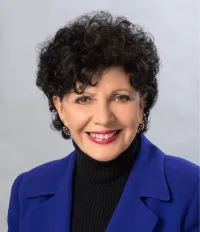Blog
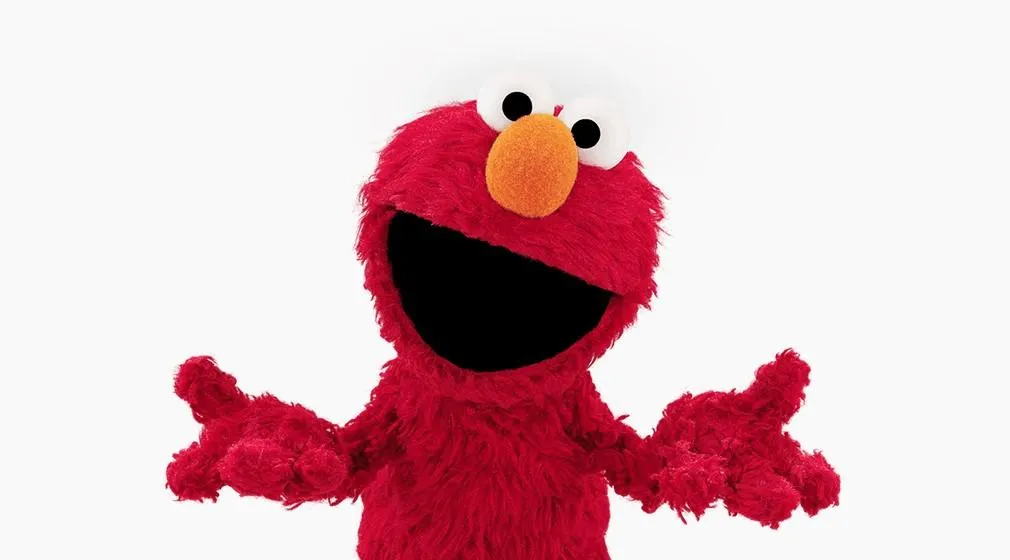
Thanks for asking, Elmo!
By now most of us have heard what happened on X’s (formerly Twitter) live stream when Elmo, the adorable Sesame Street Muppet, asked the simple question, “How is everybody doing?” Millions of people responded. It was the most people who had ever responded to a single live stream! They posted messages sharing how they were doing, really.
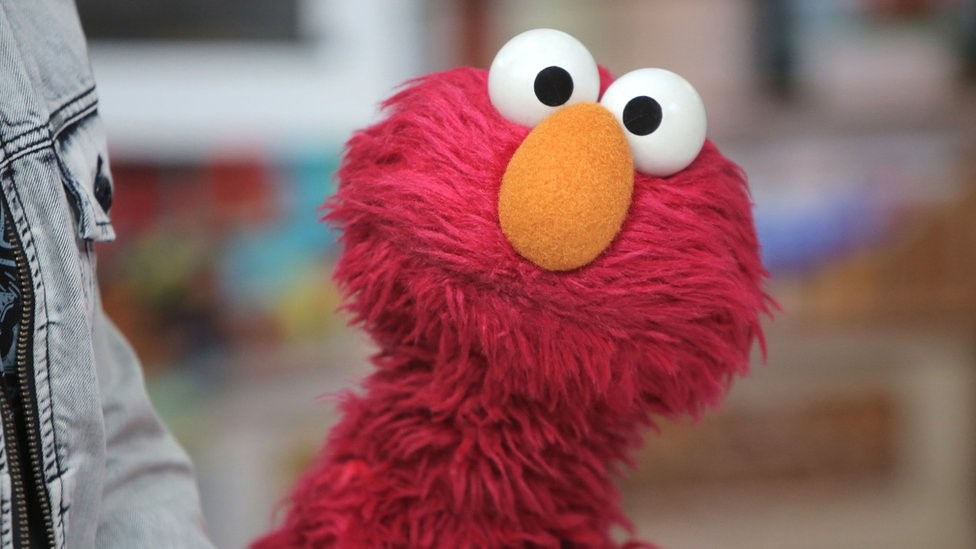
And they were not doing great:
I am struggling to pay the rent.
I’m stuck in a job I hate and fear I’ll be stuck here forever.
Our family problems are tearing us apart.
I’ve dropped out of college because I can’t afford to go on.
I can no longer get to sleep at night, thinking of the terrible devastation, war and chaos everywhere in the world.
Someone even called this unexpected avalanche of responses a “trauma dump.”
Elmo’s message struck a collective nerve that day. People were suffering in many different ways. Yet they all expressed a shared theme: loneliness. They experienced little or no real connections with other people; there was no one in their lives with whom they felt comfortable sharing what was really going on with them. What else could explain those huge outpourings to a fuzzy, red Muppet named Elmo?
Elmo isn’t just a puppet. He’s an icon. For millions who grew up watching Sesame Street (50 plus years) he was an integral part of a personal TV family, fictional or not, focused on genuine caring, openness, and acceptance. For a moment, loneliness seemed to dissolve. With Elmo’s message this January, we were reminded of how it can feel to have that kind of connection with another.
It seems that our response to the term “mental health” went through an important transformation, triggered by the Elmo phenomenon, as some have called it. Mental health was no longer something out there, something that society or some institution was supposed to help fix. Instead, the term conveyed something deeply personal—it was about loneliness and our own emotional well-being. One thing we can all agree on is that loneliness is not good for anybody’s mental health!
Elmo also showed us that connection requires asking even seemingly simple questions like, “How are you doing?” Here’s another question we can all ask ourselves. “What can I do to create a deeper sense of connection with others?
“What can I do to create a deeper sense of connection with others?”
I recently read an article on the internet by Rosie Colosi, who pointed out that Elmo’s question triggered the response it did because it was “so friendly and curious and open.” In doing so, Elmo voiced “…the trifecta of qualities of a good listener.” Listening, of course, is essential for creating genuine connection with anyone.
Over the holidays, I was feeling lonely for an old friend I hadn’t seen for several months. When we last got together, she had said something that offended me. I didn’t feel like she had listened to me at all. I had been avoiding her ever since. Of course, that resulted in my feeling disconnected and nervous about reaching out to her. The longer I avoided talking with her, the worse I felt.
I decided to turn to something I call the Choice Map for help. Let me explain. The Choice Map is an illustration in my book Change Your Questions, Change Your Life. It literally allows us to map out the questions we ask ourselves and others and see where those questions could take us. In doing so we discover the mindsets with which we are asking those questions.
One reader described the Choice Map as a
“simple and helpful way to recognize when I’m asking questions that are most likely to get me the best results--questions that get me where I really want to go.”
These are what I call “Learner” questions (from Learner mindset).
In addition to guiding us to ask the best questions, The Choice Map shows how to avoid questions that are likely to make things worse. I call these “Judger” questions (from Judger mindset). Best of all, the map illustrates how to switch from Judger to Learner questions. This simple mapping process leads us to questions that heighten our capacity for truly listening to each other and deepening our success in having more meaningful connections with others.
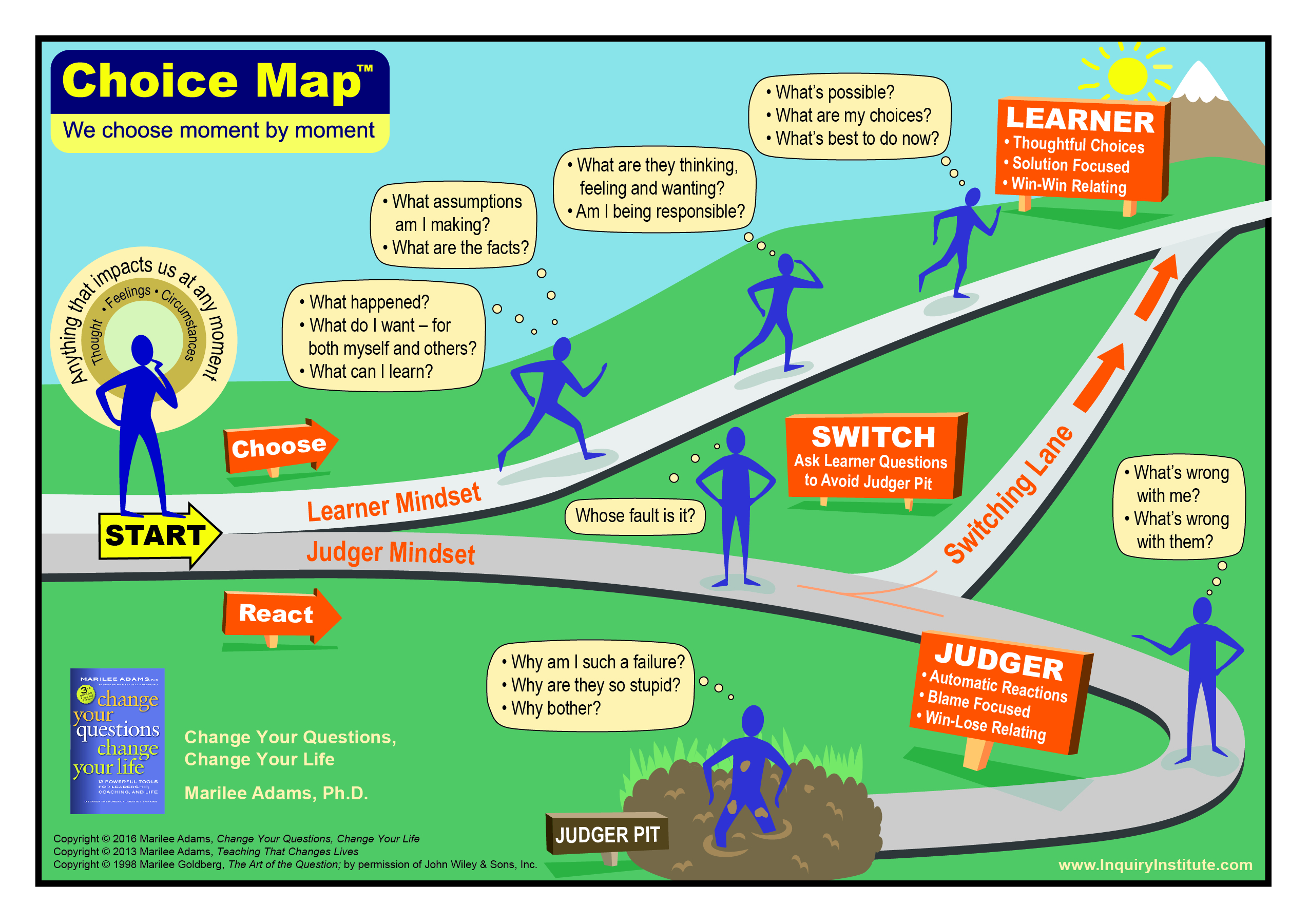
You’ve probably guessed by now that Elmo’s question,
“How’s everybody doing?” was a Learner question, asked with kindness and caring and openness.
After all, isn’t there a part of each one of us that responds to kindness, caring, and the feeling that we are truly being heard? And isn’t it exactly the lack of those very things that leads to our loneliness?
Looking at the Choice Map, I had to come to terms with the fact that I was being very judgmental about my friend—and also about myself.
I’d been asking myself Judger questions like:
“Whose fault is it?” (Hers of course!)
“What’s wrong with me?”
“Why bother?” Those questions had been dragging me deep into the mud of the Judger Pit (See Choice Map above), leaving me feeling lonely and disconnected. Yes, Judger mindset is normal—we all go there from time to time. But in this case, it was definitely distancing me from my friend.
The Choice Map showed me that I needed to change my questions if I wanted to reconnect with my friend in a heartfelt way. That’s when I asked myself some “Switching” questions to help me move from Judger to Learner.
Those questions included
“Is this what I want to feel?”
“Is this how I want to behave?” And, most importantly,
“How else can I think about her and this situation?”
Those questions pointed me to the Learner Path, where I could ask Learner questions. The ones on the Choice Map that I focused on were:
“What do I want?”
“What assumptions am I making?” and
“What’s possible?”
Frankly, I’d been assuming my friend had said what she did to hurt me or because she wasn’t interested in hearing what I was saying. And me? I’d been avoiding her rather than sharing honestly with her about what had happened and my feelings about it. When I asked myself what was possible, I realized it was up to me to reach out to her. Only then was it possible to talk about what had happened, opening up the possibility this issue could get resolved as well as that our relationship might become stronger, more caring, and more fulfilling.
I took the leap and asked if we could meet for coffee. She was, thankfully, happy to hear from me, which was a huge relief. We met at our favorite coffee shop and sat at our usual table. The familiar setting helped. Even so, I felt awkward at first, and I told her so. She put her hand on my arm and I knew it was going to be OK. Long story short, the connections we made that day really did bring us closer.
The Elmo phenomenon has become a kind of touchstone in our lives. He reminds us of how important it is to listen and connect with others as well as with ourselves.

We need to give others the time and space and caring to connect with us. I know, in my own life, how easy it can be, in our own busyness, to forget these moments of awareness. That’s why it’s so important to have reliable, proven tools that remind us to support our own emotional wellbeing and happiness through connecting with each other.
I hope that you’ll find the Choice Map personally helpful as a worthwhile and practical tool. I also invite you to download a free copy of the Choice Map. Sign up for the survey and you receive ten education emails on how to use the Choice Map and develop mindset and question awareness. My goal is that the Choice Map becomes a helpful friend and guide for you, as it has for me and so many others. We can all use tools and skills to help diminish loneliness and build more caring connections with people in our lives. I even think Elmo would like it…
Of course, I’d love to hear from you about how you used the Choice Map and what happened as a result!
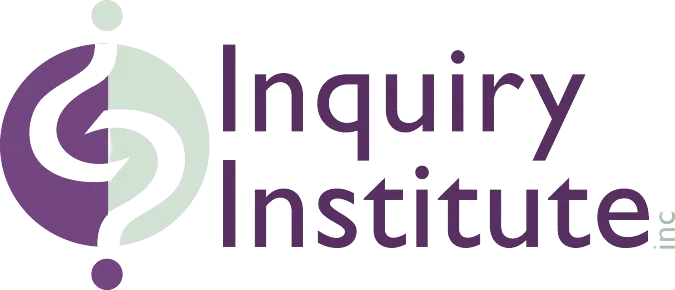
Learn More

